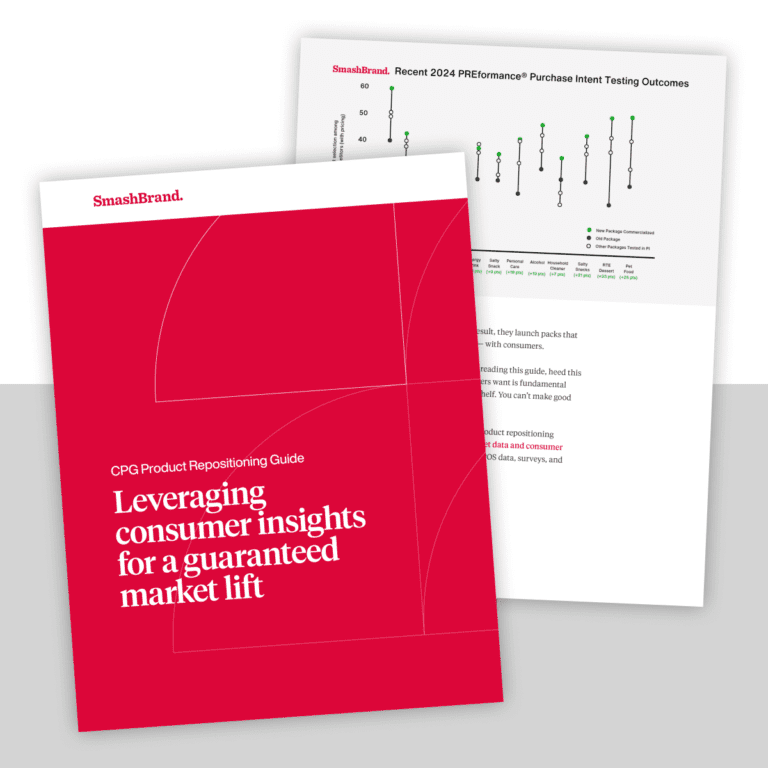It may seem as though there is no explanation behind the number of products in a package apart from the revenue considerations of the manufacturer, but there are actually reasons behind it. Those reasons may be outdated, flimsy and sometimes stretch the limits of human understanding, but they’re reasons, nonetheless.
Even though the package designer doesn’t dictate the number of units in a particular retail package, he/she does have a vote. Often, that vote is overruled. But it is the package designer’s job to determine the ideal number of units to the pack for the purpose of protecting, shipping and displaying the product despite what the manufacturer’s dreams may be. Depending on size, weight and dimensions of the unit, some numbers are just better than others.
The Randomness of Serving Numbers and Sizes
Those over 40 (possibly younger, depending on how precocious you were) might remember the late commentator Andy Rooney. Old Andy would vent at the end of the news program 60 Minutes, and his mini-lectures would typically begin with the phrase, “Did you ever wonder …?” He typically did it using a high nasal whine. Jerry Seinfeld would later become a multi-millionaire using this basic formula.
Did you ever wonder how the number of items to a package is determined? Well, children, uncle SmashBrand will tell you the story of the imperial system. What … asleep already? Fine, forget it.
Although there are imperial measurement elements that have historically determined the number of eggs to a carton (as well as the numbers of anything to anything), it’s possible to purchase eggs in half-dozen units, and even (prepare for your minds to be blown) packages of eight and ten. Eggs are largely packaged in dozens because that is what the consumer expects and wants. Moreover, multiples of three and four make packaging far easier than multiples of five. We may want fewer eggs or only one, but the fewest we’ll get is six.
The egg question, and even the hot dog bun question, is basically answered by considerations of manufacturing processes, cost for value and packaging considerations. It isn’t impossible to package ten hot dog buns in an efficient manner – loaves of bread are rectangular, after all – but eight hot dog buns have become the norm. Even though technically the consumer is getting less product and a product that doesn’t jive with an essential corresponding item, the outcry has been muted. Since there haven’t been rallies in the streets for ten hot dog buns, manufacturers will just keep giving us eight.
Breaking Free from the Shackles of Predetermined Units
This is where good retail packaging design judgment comes into play, which we humbly suggest we have plenty of. As we’ve said in previous articles, package design is more than just thinking of cool ways to put perfume into a bottle; you have to have a substantial appreciation for cost, size, weight and dimension considerations. How will your revolutionary 10-pack hot dog bun package be configured? Will it be a bottom row of four, another row of three, one row of two and one on top, in a pyramid fashion? Will they be displayed cylindrically, since they obviously can’t be stacked? Will the packaging material be made of an uncrushable material? Will supermarkets want a special Lazy Susan display specifically for your hot dog buns? Will customers be willing to pay $8.99 for hot dog buns because their packaging is a spectacular feat of engineering?
We may seem as though we’re discouraging you from swimming against the tide, but thinking outside the box requires an appreciation and understanding for why the box is there in the first place. The complexity of designing the ideal 10-pack of hot dog buns makes the endeavor seem pointless; getting eight hot dog buns isn’t diminishing the quality of anyone’s life. Unless they compulsively buy eight packs of hot dogs and ten packs of buns at a time and then go on a hot dog-eating frenzy. That would be unpleasant.
Data-Driven Brand Development
Want a best-selling brand? SmashBrand is a brand development agency for FMCG and CPG companies. From brand strategy to packaging design testing, our Path To Performance™ process guarantees a retail performance lift. Book a time to discuss your project with our team.
Subscribe to
Nice Package.
SmashBrand’s Nice Package: Stay current with our latest insights
Free Resource.

CPG product repositioning guide.
Explore the five undeniable signs your CPG product needs repositioning along with strategies for leveraging consumer insights for a guaranteed market lift.
Download Whitepaper About CPG product repositioning guide.